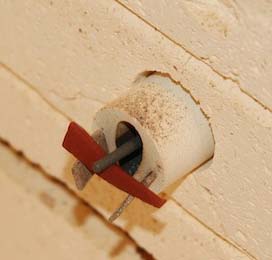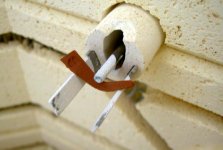Hello.
I confused myself.
A kiln in a residence. 240v 40 amp
Ok. 40a @ 125% = 50 amp
There's a 6 wire coming out of the unit with what looks like a 50amp 3 wire plug.
I'll be running 6-2 nm on a 50 amp breaker to a 50 amp recpt.
80% of 50 is 40 which is the actual amperage.
This is correct right?
I'm alittle confused because I thought for years that the amps where multiplied by 125% and that number couldn't be more than 80% of the breaker.
Verifying.
Thank you.
I confused myself.
A kiln in a residence. 240v 40 amp
Ok. 40a @ 125% = 50 amp
There's a 6 wire coming out of the unit with what looks like a 50amp 3 wire plug.
I'll be running 6-2 nm on a 50 amp breaker to a 50 amp recpt.
80% of 50 is 40 which is the actual amperage.
This is correct right?
I'm alittle confused because I thought for years that the amps where multiplied by 125% and that number couldn't be more than 80% of the breaker.
Verifying.
Thank you.




